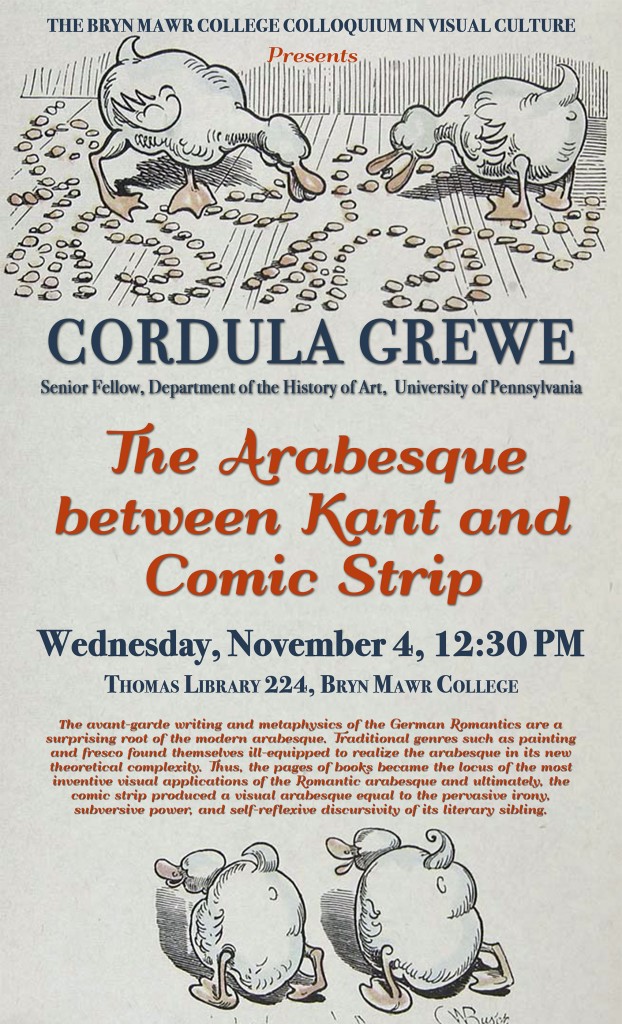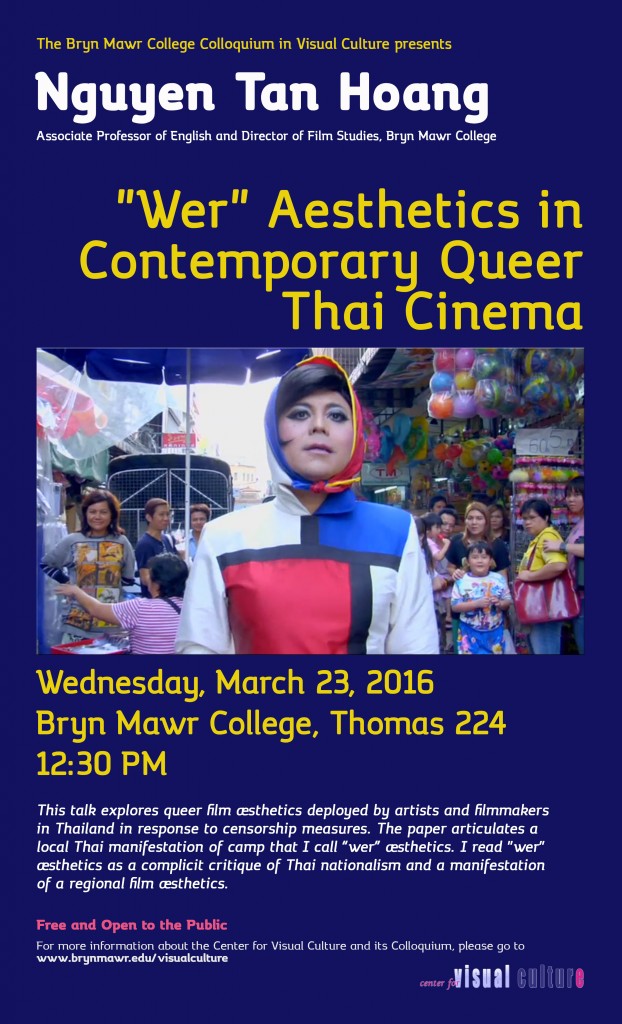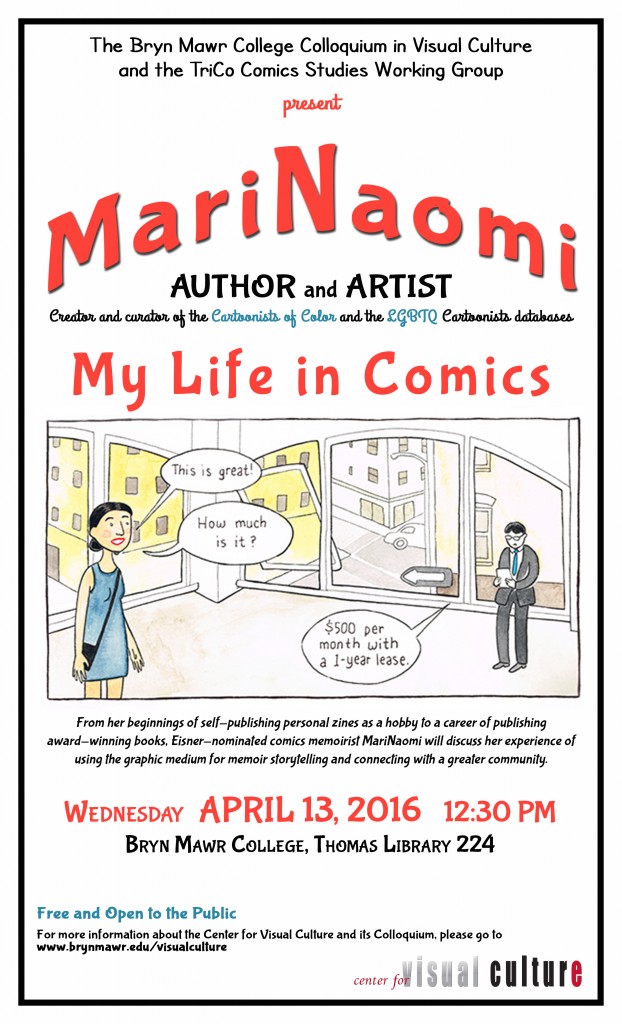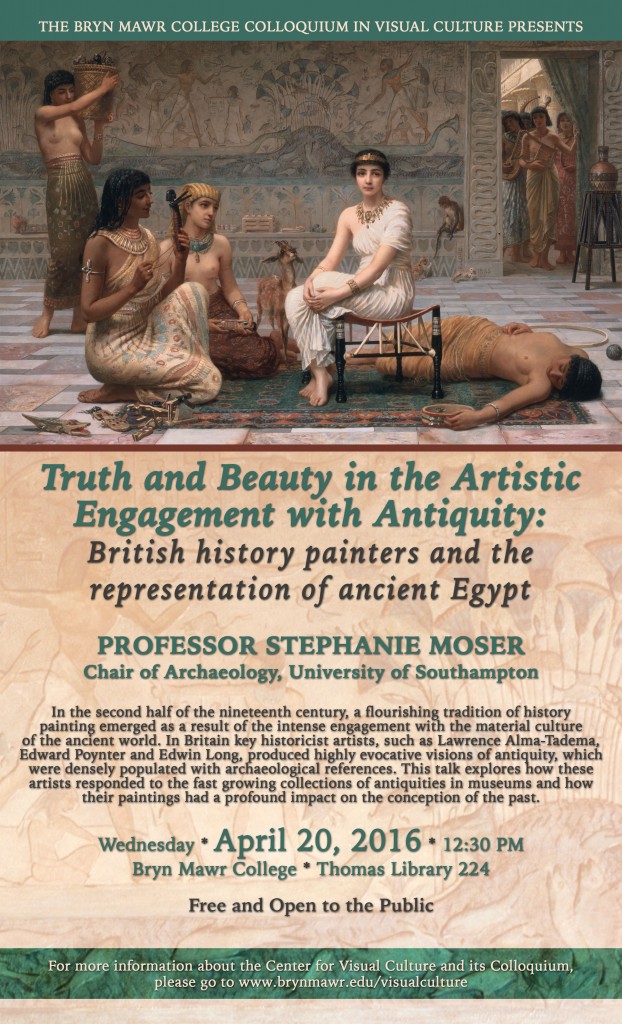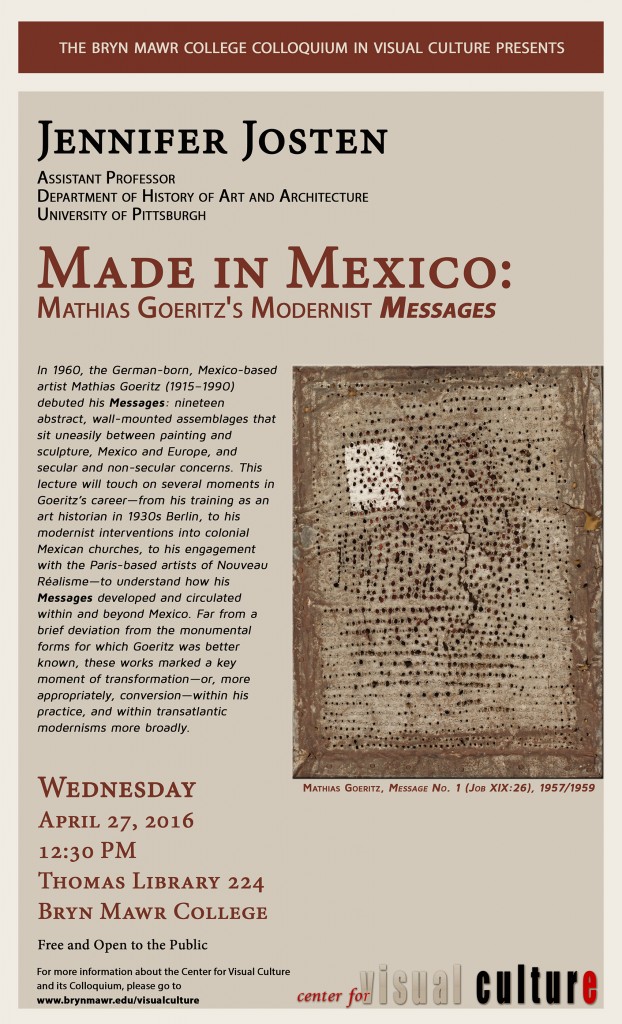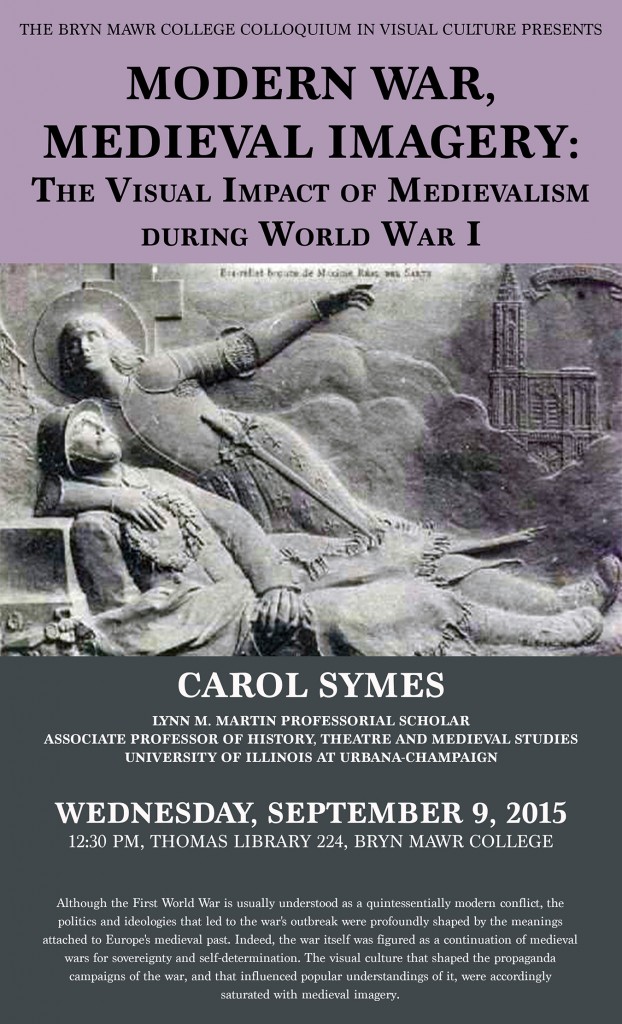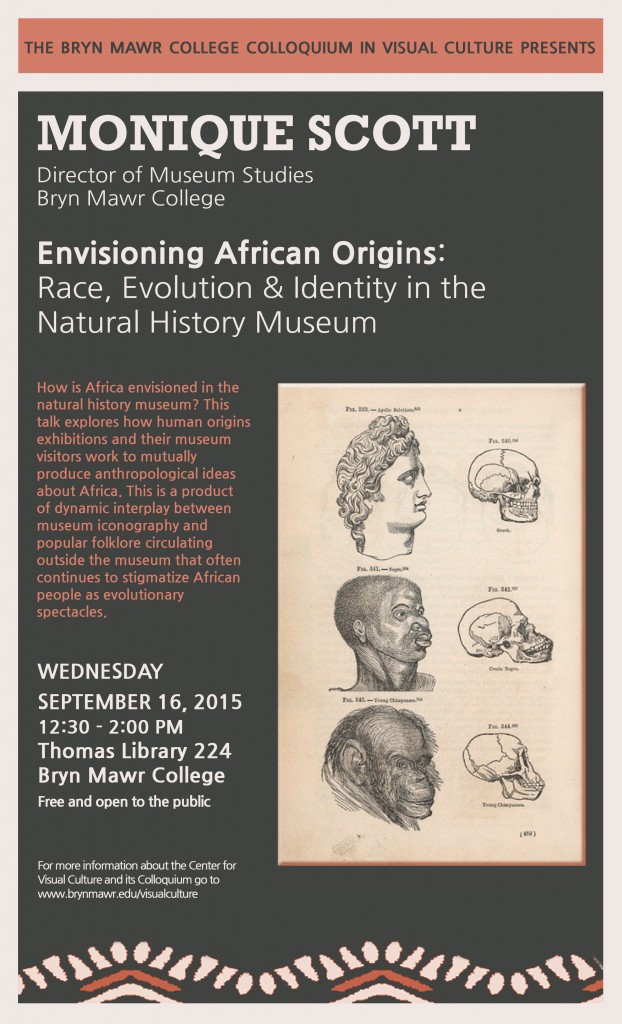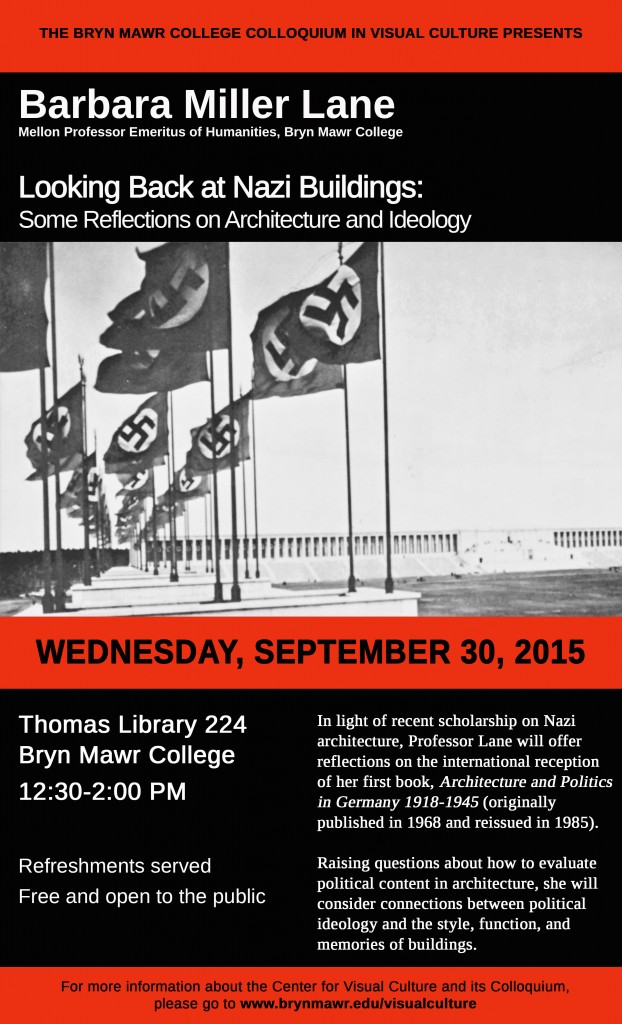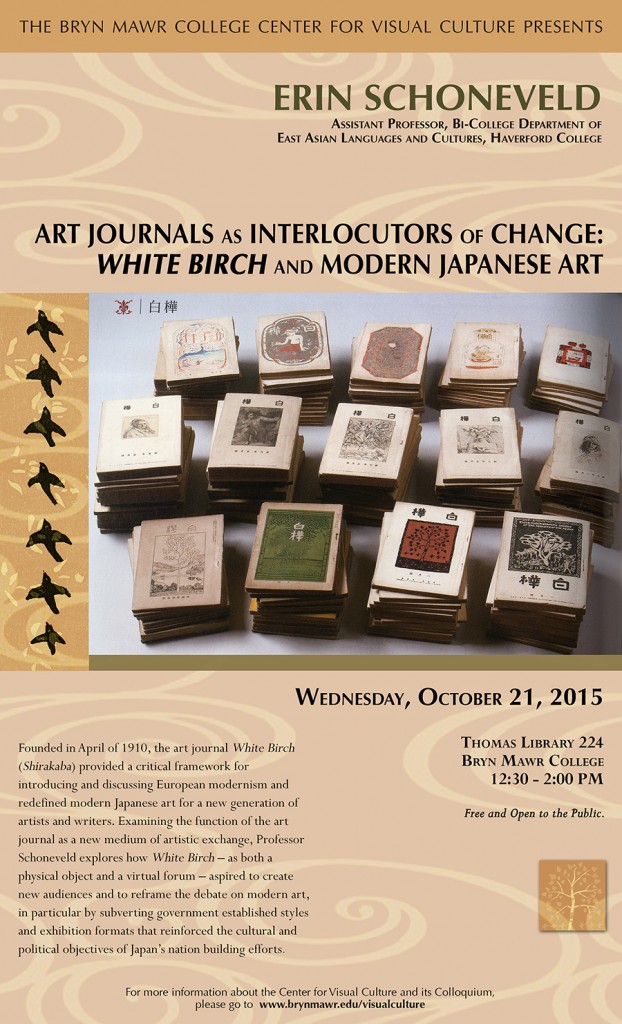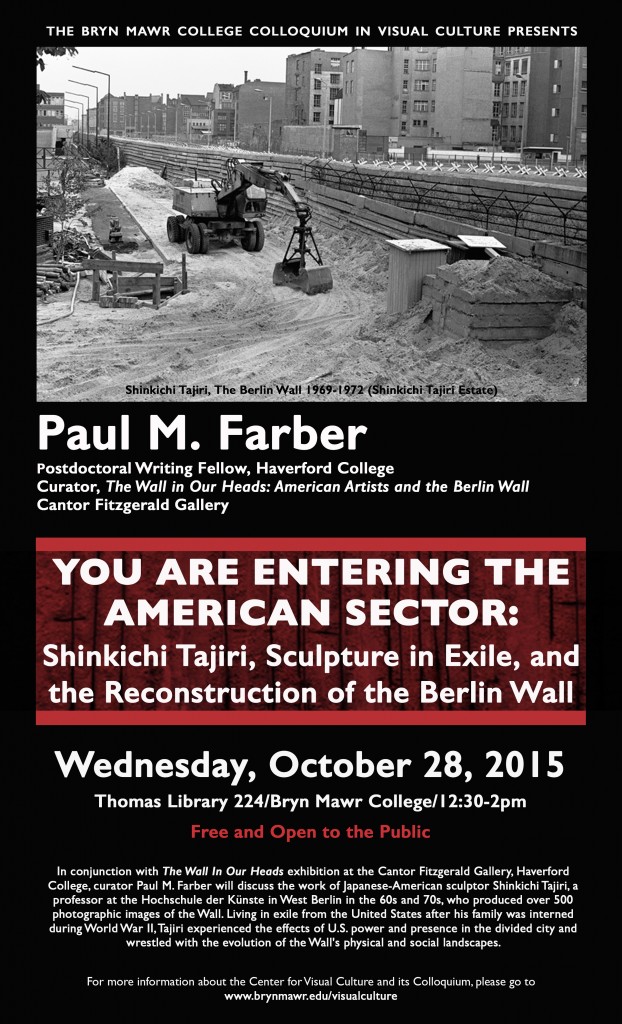Senior Fellow, Department of the History of Art
University of Pennsylvania, Philadelphia
“The Arabesque between Kant and Comic Strip”
The roots of the modern arabesque are manifold. The sinuous curves of the Rococo are one; Raphael’s grottesche and its ancient predecessors another. Yet a more surprising root is the avant-garde writing and metaphysics of the German Romantics. Looking to the arts for inspiration, philosophers and writers turned to the arabesque to quench their thirst for a synthesis of man and nature, of finite and cosmic spirit through an idiom that is endlessly inventive, constantly creates new forms, and never takes on definitive embodiment. However, when the visual arts sallied forth to reconquer this ornamental domain, traditional genres such as painting and fresco found themselves ill-equipped to realize the arabesque in its new theoretical complexity. Consequently, not high art, but the pages of books became the locus of the most inventive visual applications of the Romantic arabesque. Ultimately, only the comic strip could produce a visual arabesque equal to the pervasive irony, subversive power, and self-reflexive discursivity of its literary sibling.
